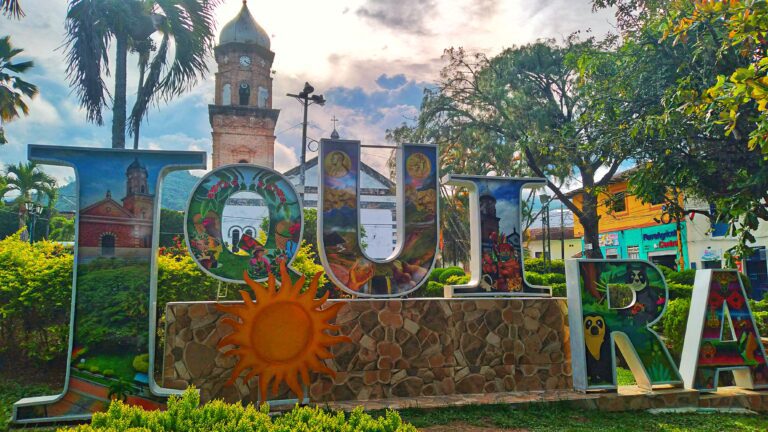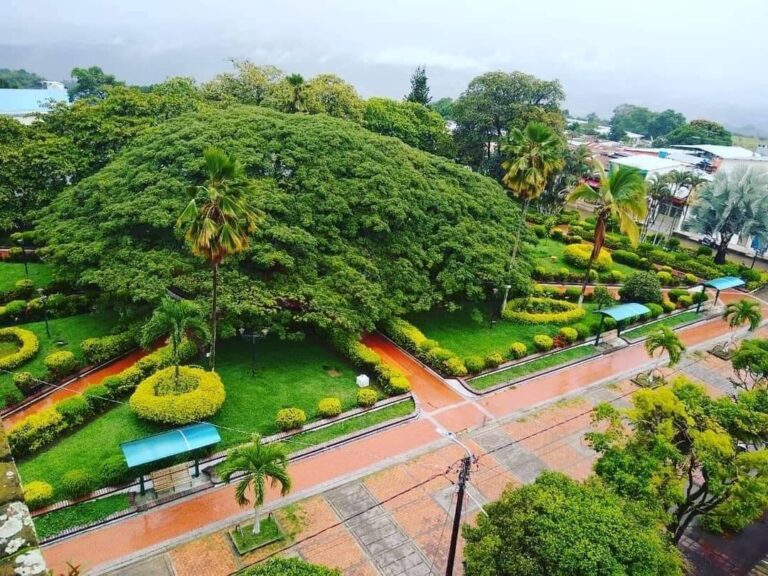About us: Legend colombian coffee
Welcome to Legend Coffee – where every packing of coffee is a tribute to the tradition, hard work, and passion of the Colombian coffee farmers who grow and harvest our beans.
At Legend Coffee, we believe in supporting our farmers and their families, who work tirelessly to ensure that our coffee beans are of the highest quality. That’s why we purchase our beans directly from the farmers themselves, ensuring that they receive a fair price for their hard work and dedication.
We would like to take you on a virtual tour of the farm where our coffee is produced. Watch this video to see firsthand the care and attention that goes into growing and harvesting each and every bean.
As you can see, our farmers are committed to producing the best coffee beans in Colombia. By purchasing Legend Coffee, you are not only enjoying a delicious cup of coffee, but you are also supporting these farmers and their families. Your purchase helps to provide them with a better quality of life, and helps to ensure that future generations can continue to grow and harvest these exceptional beans.
So go ahead, sasavourvery sip of your Legend Coffee and know that you are contributing to a greater cause – supporting the Colombian farmers who make our coffee possible. Thank you for choosing Legend Coffee.
Where our coffee is produced
The Huila region is located in the south of Colombia, between the central and eastern Andes mountains
Our brand is inspired by the legendary saman tree, found in the main square of the town of Iquira where one of the best coffees in the world is produced.

Iquira (from Quechua: ikir meaning Earth and ara meaning Frog) is a Colombian municipality located in the west of the department of Huila. It lies in the mountainous region of the central cordillera and the foothills of the Nevado del Huila volcano.
It has a population of 13,612 inhabitants. Its economy is based on agricultural production, extensive livestock farming, and artisan processing of dairy products and other traditional foods.

Reserve zones for the conservation and protection of natural resources have been declared, two strategic ecosystems of regional importance: Nevado del Huila National Natural Park and the Alto Banderas Municipal Forest Reserve for its high water production and biological diversity of flora and fauna. It is known as the “Light City of Huila” for the construction of the first hydroelectric plant in Huila.
How is our coffee processed?
Collection

The first step in coffee processing is to collect the fruit from the bush from which the coffee comes (coffee tree). This is done when the cherries or berries turn reddish or yellowish and can be done in 3 ways:
Manual: Berry by berry, choosing only the ripe fruits.
Scraping or destemming: This method is usually used when most of the cherries are ripe. The ripe and green fruits are removed by sweeping the coffee tree branches, which fall to the ground or on tarpaulins. Next, the fallen impurities and green beans are separated by venting, producing a more acidic flavor.

Mechanics: This is the methodology most used by large coffee producers and consists of using large machines to remove the berries from the trees. Some of this machinery makes the trunk vibrate so the fruits fall to the ground. Others have built-in brushes that extract the fruits from the tree, it is the least selective method of all.
Pulping the fruit

At the same time that the berries are harvested, harvest residues are removed, the layers that surround the beans are removed, and thus green coffee is obtained (a term that designates coffee after being processed and before roasting). This procedure is known as pulping.
